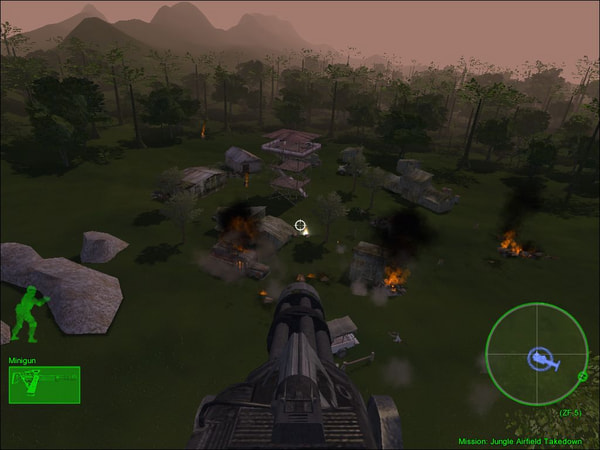
Deutsche Werke Ortgies Serial Numbers
Another one of the European 7.62mm pistols of the early 20 th Century is the Ortgies. It is named after the designer of the pistol, Heinrich Ortgies. The pistol was made from 1919 to 1924 or 1926 (depending on source) – a total of five or seven years. Sources indicate new (manufactured but not sold) pistols were sold for some time after manufacture ended, perhaps into the early 1930s.
At first under Deutsche Werke, only 7.65mm pistols were manufactured but Ortgies had also prepared designs for pistols chambered in 6.35mm and 9mm Short. 7.65mm pistols were manufactured from 1920 to 1928, 9mm Short pistols were manufactured from 1922 to 1926, and 6.35mm pistols were manufactured from 1921 to 1928.
The history of the pistol is a bit involved, as Herr Ortgies died soon after production was underway and the design was taken by another manufacturer. All this is available on line if interested. My collection currently contains two examples of the Ortgies pistol. They are both.32 ACP. From what I can glean from the internet, there are SEVEN variations of the pistol. All the variations are based on the ‘addresses’ roll-stamped into the slide.
The actual design and interior lock work never changed. The two I own represent a ‘fourth’ and ‘fifth’ style address marking. Ortgies pistol serial no. 104000 series Fifth style Address variation Sadly, I cannot find any information about the dates of manufacture for a specific serial number, nor can I determine the time periods of the various addresses displayed.
 However, all of these pistols were manufactured in a fairly short time period. One of my pistols has a serial number in the 59,000 range. Instrukciya po pozharnoj bezopasnosti v torgovoj tochke.
However, all of these pistols were manufactured in a fairly short time period. One of my pistols has a serial number in the 59,000 range. Instrukciya po pozharnoj bezopasnosti v torgovoj tochke.
The other, later production obviously, is in the 104,000 range. I shall use these numbers to identify the pistols as needed.
In addition to the address changes, the most obvious change – as production carried on – was the change of the manufacturer’s logo. All the grip panels I have witnessed have been wood. Rather plain, darker – possibly stained – hardwood with obvious grain patterns. All of them have a metal insert – a medallion, perhaps – with the manufacturing logo. Deutch Werke logo The later pistols, after Herr Ortgies passed on, were manufactured and controlled by Deutsche Werke of Erfurt, Germany and the medallion logo changed to a stylized “D”, which upon close inspection is a cat in profile with the tail curving up past the head. (See picture, it makes more sense that way.) The cat strikes me as having a mystical Egyptian look to it, or perhaps a long necked leopard. Probably, it’s just ‘artsy’.
I have seen photographs of plastic grips. They are the rather unimpressive black plastic of the early portion of the 20 th Century. The logo is cast into the plastic in place of a metal medallion inset.
I cannot recall seeing an actual pistol so equipped, but that may speak to my limited range more than anything else. Second example of redacted serial no. And Country of Origin markings The serial number is roll stamped – all the markings seem to be very carefully and properly done – on the frame, forward of the trigger guard, underneath and behind the muzzle. Both examples I have bear “Germany” in English – as opposed to Deutschland. This marking is the required ‘country of origin’ marking for importation into the United States.
I’m sure these pistols were both imported into the U. And sold commercially here in the 1920s or 1930s. This would be prior to the leftist hoplophobic mania and anti-gun hysteria of later years, of course. Ahem; I digress.
Early magazine with faint 7.65 m/m and HO logo marking on right side. Markings on the magazines changed a bit from beginning to end, but the magazine design didn’t change much. The early magazines would interchange between 9m/m kurz (9 mm short, in English, or.380 ACP for the ‘west-side-of-the-Atlantic’ faction) and 7.65m/m (.32 ACP) without alteration or adjustment. The early magazines are marked on the left side with “9mm” and have six holes in the side of the magazine, presumably for checking round count; while the right side of the magazine is marked“7.65mm” and has seven holes. Later magazine with caliber marking and “D” logo on base plate. Later magazines – at least those for 7.65mm – have seven holes on either side, the “7.65m/m” and the manufacturing logo (the stylized “D” for Deutsche Werke) marking is on the base plate. In complete candor, I do not know if the later magazines will function in a 9mm kurz pistol.